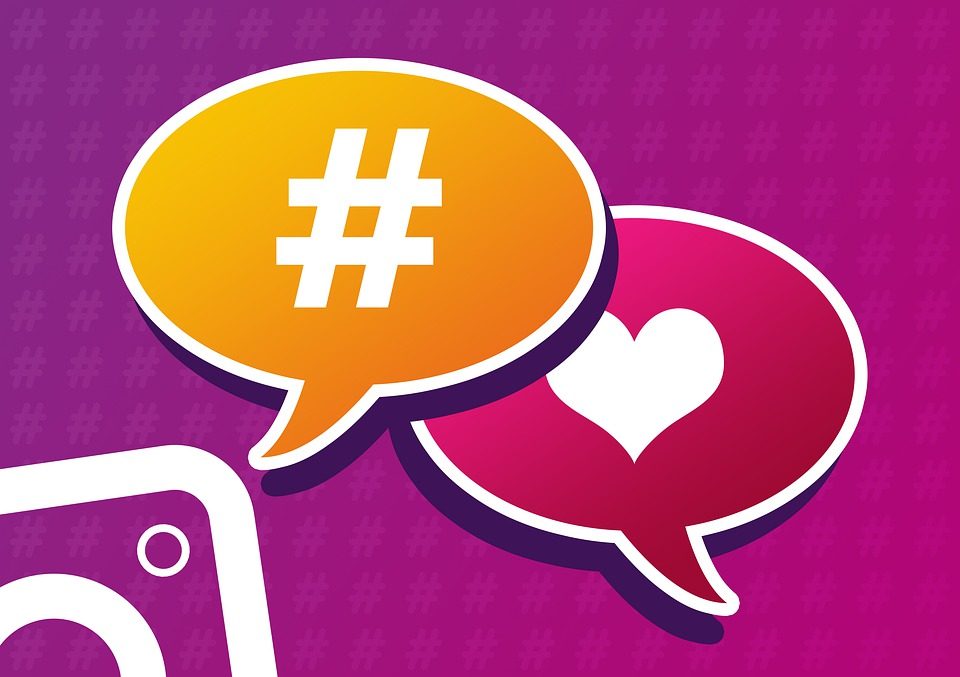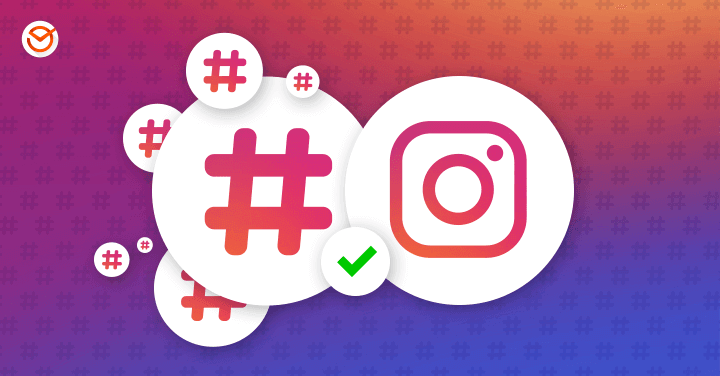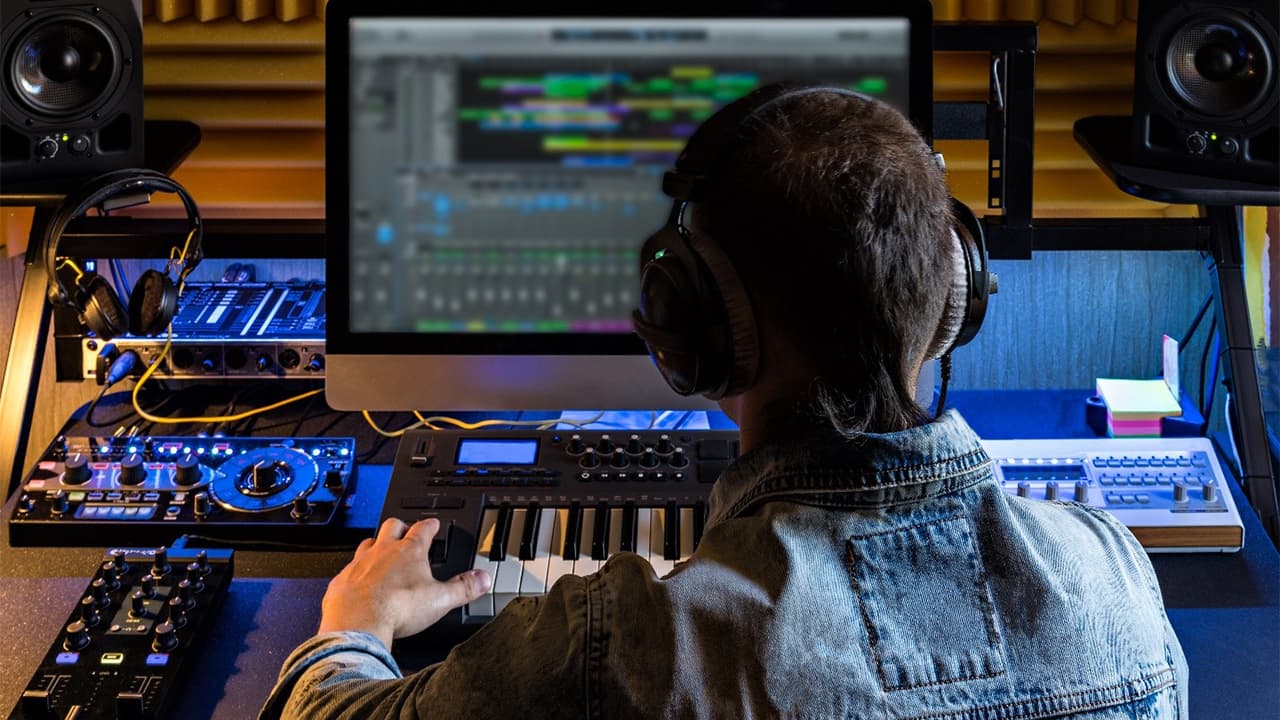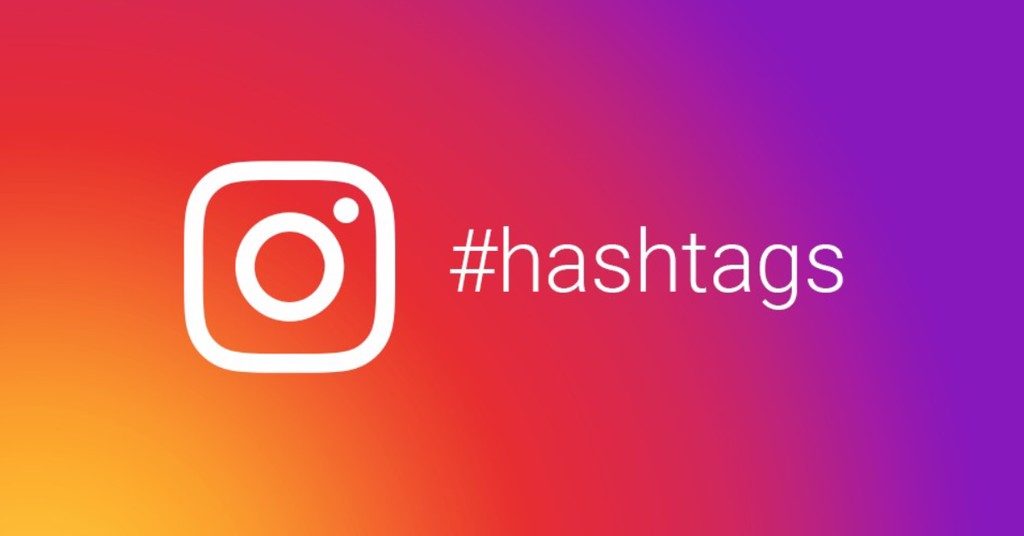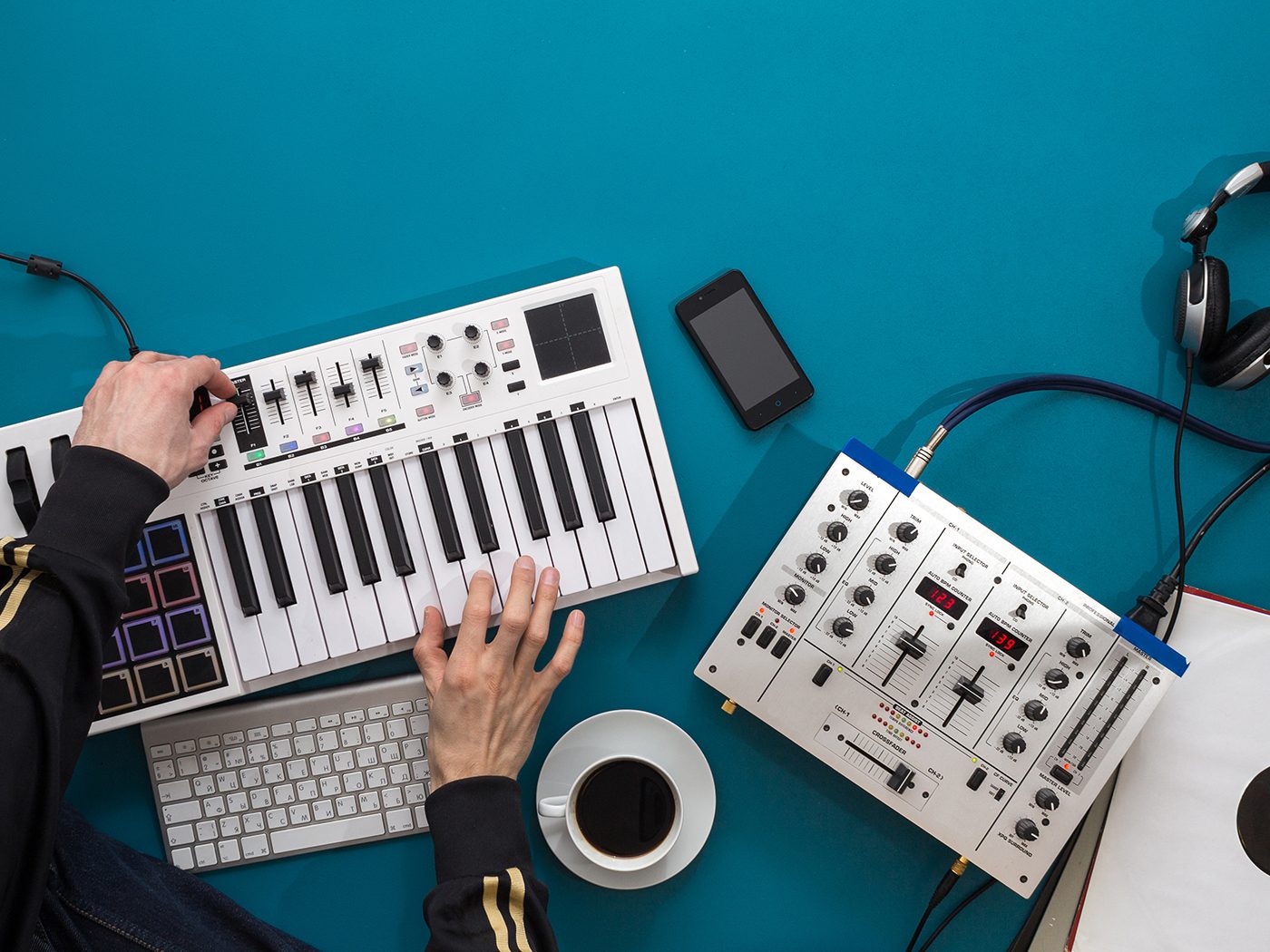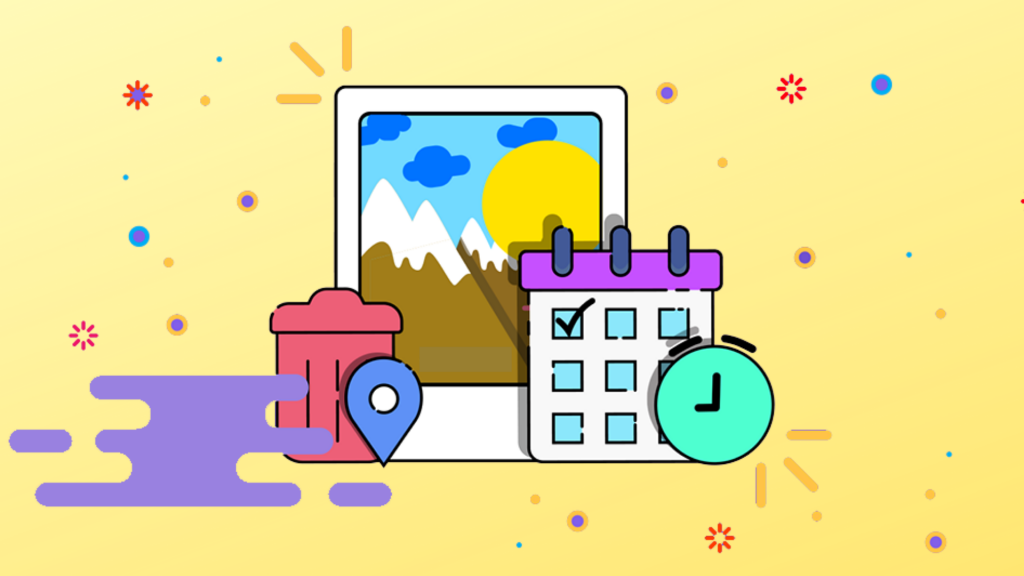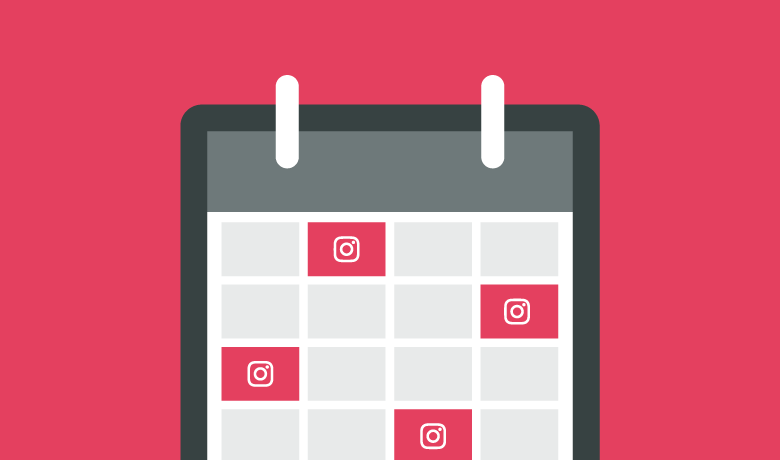In the second part of this guide to using Instagram hashtags, we went through the 5 first tips. Continue reading to find out more 6 strategies that will help you accomplish your Instagram goals.
Author: Luna
Keep exploring the most effective way to use Instagram hashtags and get results.
The way to find the best Instagram hashtags for your brand
The hashtags you need to use will depend on what area your business operates in.
For example, you’re a social media manager working for a travel agency. There are a ton of hashtags that are popular with jet-setters: #welltravelled, #justbackfrom, #whatsinmybag, and #passportexpress—to name a couple of. Tag your posts with any number of these and you’ll probably get a few extra likes.
However, in case you need to increase engagement and gain quality followers, include more specific hashtags. In case you post a photo of a travel destination, tag it with related location hashtags and the resort’s branded hashtag (if there is one).
How do you find out which hashtags your viewers are already following? Here are a few ideas that will help you answer that question.
There’s nothing better than finding the perfect samples for your track.
However, scrolling aimlessly through random sample packs using text-based search is boring and barely ever works.
Selector is the brand new AI tool that allows you to discover the suitable samples faster.
A selector is your crate-digging companion and your guide to the millions of samples now available on the Internet. We recommend you to check this source – LANDR Samples.
In this article, we will show you use Selector to find the right samples that compliment each other perfectly—and use them in your production.
Do you know that once you include the right Instagram hashtags on your posts, you will gain more engagement for your content than you would if you didn’t have any? Here in this article, let’s explore the way to use Hashtags to engage more new followers for your content.
First of all, we need to know what is a hashtag?
Hashtag includes letters, numbers, and emoji preceded by the # symbol. For example, #Booklovers or #InstagramHashtags. Hashtags help to categorize content and make it more discoverable. People who click on a hashtag or search for it will see a page with all the posts using this hashtag.
Continue reading part 2 of “Making music with samples: a complete guide” to explore the way to use samples in your tracks.
How to use samples in your track
Having access to a library of royalty-free samples opens up creative opportunities to experiment with interesting textures and flavors.
An instrumental track might benefit from a chopped and screwedvocal take.
In case your drum track sounds thin, sample replacement may help to fatten up your drum loop.
Discovering that perfect kick sample can make your tracks thump.
Sometimes a track needs an ambient SFX sample floating in the background to add a layer of depth.
Listen to your arrangement and try to hear what the track is missing. Be artistic!
And to get away from sounding like everyone else listen to what your track needs and blend the samples in properly.
Follow the key signature
Always try to match the key of the sample to the key of the track you are working on.
To make it easy sample libraries often tag the key in the name of the sample and there are key finding tools that may help too.
Having a little bit of ear training practice under your belt may help you know the way totranspose the sample.
Pay attention to the mix
You’ve found the sample that your track wants and you’re comfortable with how it fits into the arrangement.
Now it’s time to fit the sample nicely into your mix.
Make sure your samples are prepared properly to make your mix process easier.
In case you’re stuck there are a few sample processing techniques that may help if something in your mix isn’t working.
The way to sample in your DAW
Now that you’ve found a sample and you’re 100% sure you have the right to legally use it, it’s time to get into your DAW.
You may be wondering about the way to create a sample in your DAW.
Sampling workflows are generally the same between DAWs.
Often it’s as easy as dragging and dropping the snippet of audio into your track timeline.
With a little bit of cutting and chopping you can make your sample work on your track.
Most DAWs come stock with a sampling tool. However, in case you don’t like the one your DAW came with there are many nice sampler VST plugins that you can try.
The most difficult part is ensuring the key and tempo of your sample matches your track and fits nicely. It takes time and practice to get good at this.
To get you started here are many recommendations on getting started sampling in some popular DAWs.
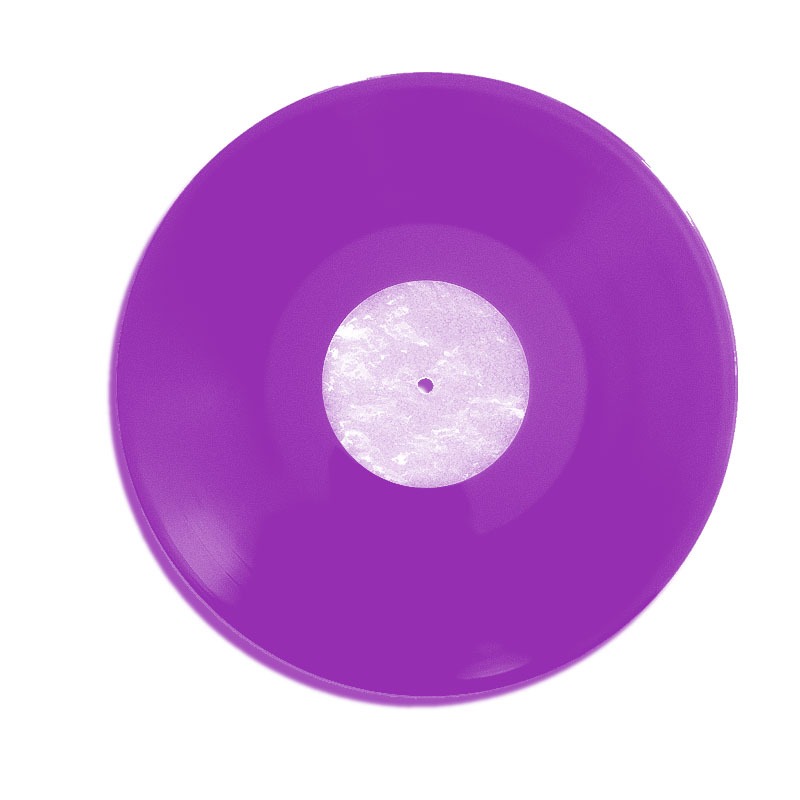
How to Sample in Ableton
Ableton’s entire workflow is based on sampling. Any audio clip you use in Ableton can be treated as a sample with its Warp feature.
Ableton allows you to adjust the timing of a track with warp markers that you can slice a track up by clicking into it.
Once your warp markers are set, all you have to do is right-click on the track you tagged and slice the track into a new MIDI track.
You may also use Ableton’s dedicated sampler plugins to do your sampling.
Simpler is Live’s most straightforward sampling tool. It only loads a single sample at a time, but don’t let that fool you. It’s a super creative tool for you to slice and playback samples.
Sampler is Ableton’s full-featured sampler plugin. Sampler is suitable for everything from basic sampling tasks to realistically simulating acoustic instruments
However you prefer to work, Ableton Live has powerful workflows to integrate samples.
With modern sampler plugins, DAW software, and impressive libraries of samples such as from LANDR it’s easier than ever to use samples in your tracks.
However, where do you begin?
Knowing where to find samples and the way to use them without legal issues is intimidating.
In this guide, you’ll learn where to find the perfect samples, the way to use them to make tracks, and how to avoid some common mistakes when using samples.
- What can I sample legally?
- Where to find your samples
- How to use samples in your track
- The way to sample in your DAW
What is sampling?
Sampling is a music production technique where artists take a piece of existing audio and repurpose it into a brand new creation. Artists will use a hardware sampler such as an Akai MPC, a sampler plugin or their DAW to create a sample. These track snippets are usually looped and modified, sometimes beyond recognition.
Sampling originated in the 80s and 90s hip-hop and dance music. However today it’s used in everything from rap, R&B, rock, country, and even modern classical music.
And although some critics have questioned the legitimacy of sampling–the Grammys only recently allowed songs with samples to be eligible for song of the year– so many producers use the method it would be challenging to discover a genre of music that doesn’t use it.
Whether you’re paying homage to the legends of the past or you want to create something unrecognizable and new, sampling is a technique you need in your toolbox.
Let’s take a look at this situation when we are all sitting around a table with our colleagues and staring at a content calendar for next month. We all feel shocked because the calendar is blank somehow. You may think “Will the internet never cease?”
After a few minutes of silence, someone of your co-workers finally asks:” So…anyone have any ideas?”
This is such a scary moment for people who feel obligated to fill all silences with their mindless chatter. We believe that it is a nightmare for you as well. A blank content calendar not only highlights the wildly swift pace of time but also make a panic at the thought of workload for the next month.
However, that only happens in the case you’re doing it wrong. Brainstorms will be so much fun and productive events once you get the right strategies.
Here in these articles, we mention several methods to help you start your social media brainstorm effectively. Let’s try these and see what will happen! Continue reading →
Continue reading to find out which strategy is suitable for your type of account to schedule posts on Instagram.
The way to schedule Instagram posts on a personal account
Not everyone has or needs a business account on Instagram. In case your Instagram presence is more about connecting with your audience, rather than hard metrics like conversions and click-throughs, you may need a good reason to bypass the business account vibe and keep on with a regular account.
Knowing the way to schedule your posts on Instagram in advance is extremely necessary – it’s non-negotiable this year 2020.
Whatever do you, you’re running a business account, a creator account, or you are organizing Instagram account for your brand, using an Instagram scheduler is one of the best strategies to reclaim your time and creativity.
In this article, we will provide you with a step-by-step-guide and practices for all these kinds of Instagram accounts above. Then you can turn your attention to what matters.
In the previous part of this series, we went through the first five steps for making successful Facebook Messenger Ads. Keep reading this article to explore three more steps to complete this guide of creating good ads on Facebook.

